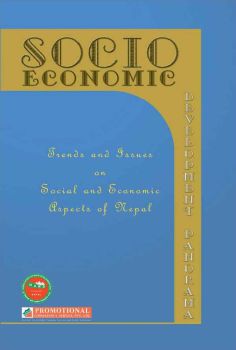Capital Account Convertibility: Benefits, Costs and Challenges
Keywords:
Capital account convertibility, Benefit costs, AccountAbstract
With the wake of globalization and liberalization, Capital Account Convertibility (CAC) regime has been widely induced by both developed as well as developing countries of the world. CAC has pros and cons. The theory of CAC spells that the primary aim to move towards CAC regime is to help countries to acquire the advantages of improved risk sharing and thereby lowering the volatility in the macro economic aggregates, and enhancing welfare mingling the national economy with the world economy. It is suggested that the developing countries could move towards CAC through correctifying and improving macro economic variables via prudential policies. Nepal could move towards CAC regime via gradualist approach as having done by India in 1990s decade. Nepal moved through CAC regime from the beginning of 1990s decade. Followingly, Foreign Direct Investment (FDI) policy, trade policy and exchange policy were amended, correctified and were formulated backing liberalized economic philosophy. Prevailing inflation, trade deficit and Non-Performing Assets (NPA) level are the hurdles to speed up towards CAC regime for Nepal. Gradual approach would be viable for Nepal to move towards meaningful CAC regime. Nepal could learn much from India's process of CAC and could use its selective devices so as to move towards CAC regime.
Socio-Economic Development Panorama, Vol. 1, No. 2(2007) pp. 83-92

